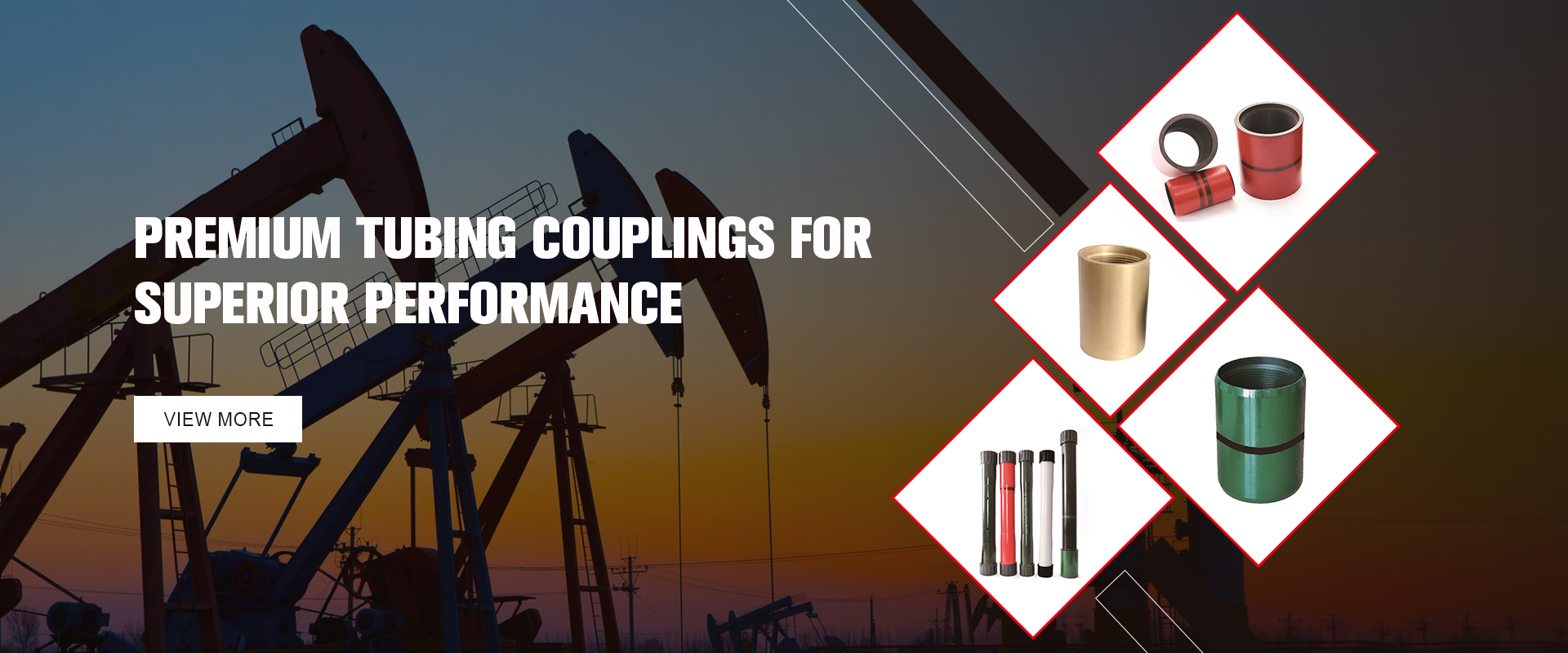- Afrikaans
- Albanian
- Amharic
- Arabic
- Armenian
- Azerbaijani
- Basque
- Belarusian
- Bengali
- Bosnian
- Bulgarian
- Catalan
- Cebuano
- Corsican
- Croatian
- Czech
- Danish
- Dutch
- English
- Esperanto
- Estonian
- Finnish
- French
- Frisian
- Galician
- Georgian
- German
- Greek
- Gujarati
- Haitian Creole
- hausa
- hawaiian
- Hebrew
- Hindi
- Miao
- Hungarian
- Icelandic
- igbo
- Indonesian
- irish
- Italian
- Japanese
- Javanese
- Kannada
- kazakh
- Khmer
- Rwandese
- Korean
- Kurdish
- Kyrgyz
- Lao
- Latin
- Latvian
- Lithuanian
- Luxembourgish
- Macedonian
- Malgashi
- Malay
- Malayalam
- Maltese
- Maori
- Marathi
- Mongolian
- Myanmar
- Nepali
- Norwegian
- Norwegian
- Occitan
- Pashto
- Persian
- Polish
- Portuguese
- Punjabi
- Romanian
- Russian
- Samoan
- Scottish Gaelic
- Serbian
- Sesotho
- Shona
- Sindhi
- Sinhala
- Slovak
- Slovenian
- Somali
- Spanish
- Sundanese
- Swahili
- Swedish
- Tagalog
- Tajik
- Tamil
- Tatar
- Telugu
- Thai
- Turkish
- Turkmen
- Ukrainian
- Urdu
- Uighur
- Uzbek
- Vietnamese
- Welsh
- Bantu
- Yiddish
- Yoruba
- Zulu
casing and tubing connections
Understanding Casing and Tubing Connections in the Oil and Gas Industry
In the oil and gas industry, the integrity of well construction is paramount for the successful extraction of hydrocarbons. Among the many components that ensure the reliability of a well, casing and tubing connections play a critical role. These connections not only serve as the backbone of a well's structure but also affect its overall performance and safety.
Casing refers to the series of pipes that are installed in a wellbore to stabilize the surrounding rock and prevent collapse during drilling operations. Once drilling has reached the desired depth, casing is cemented into place, creating a protective barrier that separates the well from surrounding formations. On the other hand, tubing is the pipe that runs inside the casing, allowing for the flow of oil and gas from the reservoir to the surface. Tubing connections, therefore, are crucial for maintaining the flow pathway and ensuring that extraction operations can proceed efficiently.
Types of Casing and Tubing Connections
There are several types of casing and tubing connections, each designed for specific applications and environments. The most commonly used include
1. Threaded Connections These are among the most traditional types of connections, where the ends of the casing or tubing are threaded to allow for easy assembly and disassembly. While they are cost-effective and simple to use, they may be less effective in environments with high pressure or temperature fluctuations, as they can be prone to leaks.
2. Welded Connections In this method, the casing or tubing pieces are welded together, creating a solid bond. This type of connection is often preferred for high-pressure applications, as it provides a strong seal and minimizes the risk of leaks. However, welding is a more time-consuming process and may require specialized equipment and skilled labor.
3. Flanged Connections Flanges are plates with holes that allow for the bolting together of casing or tubing sections, creating a robust connection. Flanged connections are typically used in systems requiring frequent disconnection and reconnection but may not be suitable for all well environments due to space and weight considerations.
casing and tubing connections

4. Locking Connections These innovative connections utilize mechanical interlocks to create a secure seal without the need for threading or welding. They are designed to withstand high pressures and temperatures, making them suitable for deepwater and high-performance applications.
Factors Influencing Connection Selection
Choosing the right casing and tubing connections is critical and depends on several factors, including
- Well Depth and Pressure Deeper wells often face higher pressures, requiring stronger connections. It is essential to select connections that can withstand these conditions to prevent failure.
- Material Compatibility The materials used in casing and tubing must be compatible with the fluids they will encounter. Corrosion-resistant materials may be necessary in environments with aggressive chemicals to ensure longevity.
- Installation Environment Whether the well is onshore or offshore can influence the type of connections chosen. Offshore installations may require more robust connections due to the challenging environmental conditions.
Conclusion
Casing and tubing connections are integral components in the oil and gas industry, directly affecting the safety, efficiency, and success of well operations. Understanding the various types of connections and their appropriate applications is essential for engineers and operators involved in well construction. As technology advances, the development of new materials and connection technologies continues to enhance the reliability of these vital components, ultimately contributing to the industry's ability to meet global energy demands while maintaining safety and environmental standards. With these connections at the heart of well integrity, the need for thorough research and development in this area remains a priority in the ever-evolving landscape of oil and gas exploration and production.
-
Tubing Pup Joints: Essential Components for Oil and Gas OperationsNewsJul.10,2025
-
Pup Joints: Essential Components for Reliable Drilling OperationsNewsJul.10,2025
-
Pipe Couplings: Connecting Your World EfficientlyNewsJul.10,2025
-
Mastering Oilfield Operations with Quality Tubing and CasingNewsJul.10,2025
-
High-Quality Casing Couplings for Every NeedNewsJul.10,2025
-
Boost Your Drilling Efficiency with Premium Crossover Tools & Seating NipplesNewsJul.10,2025







